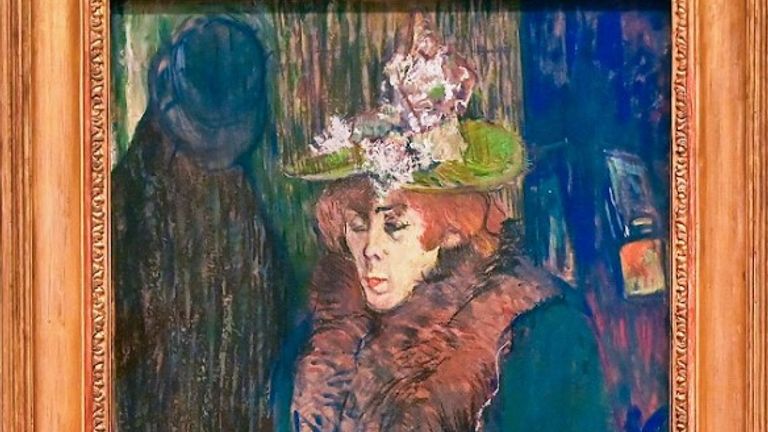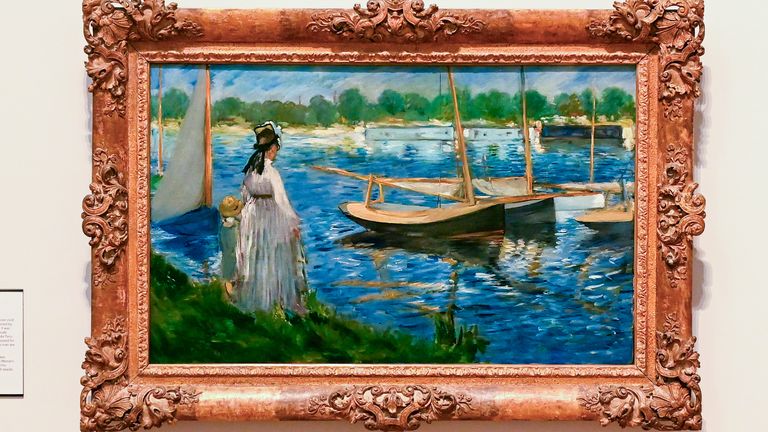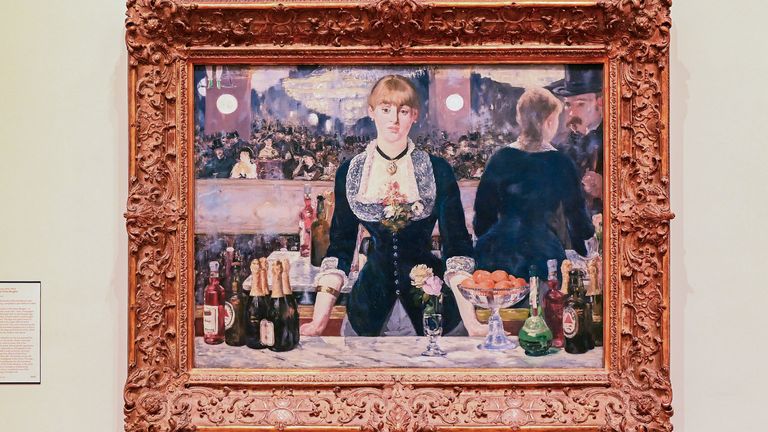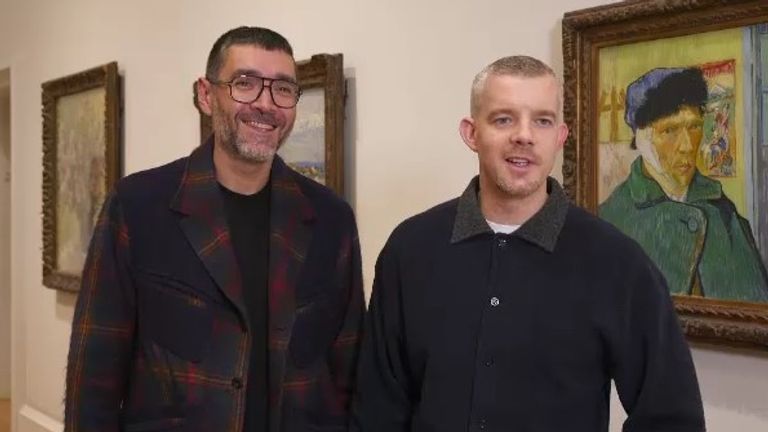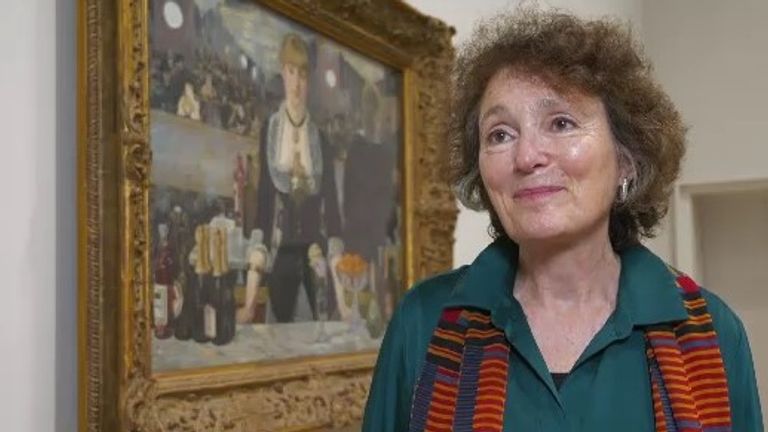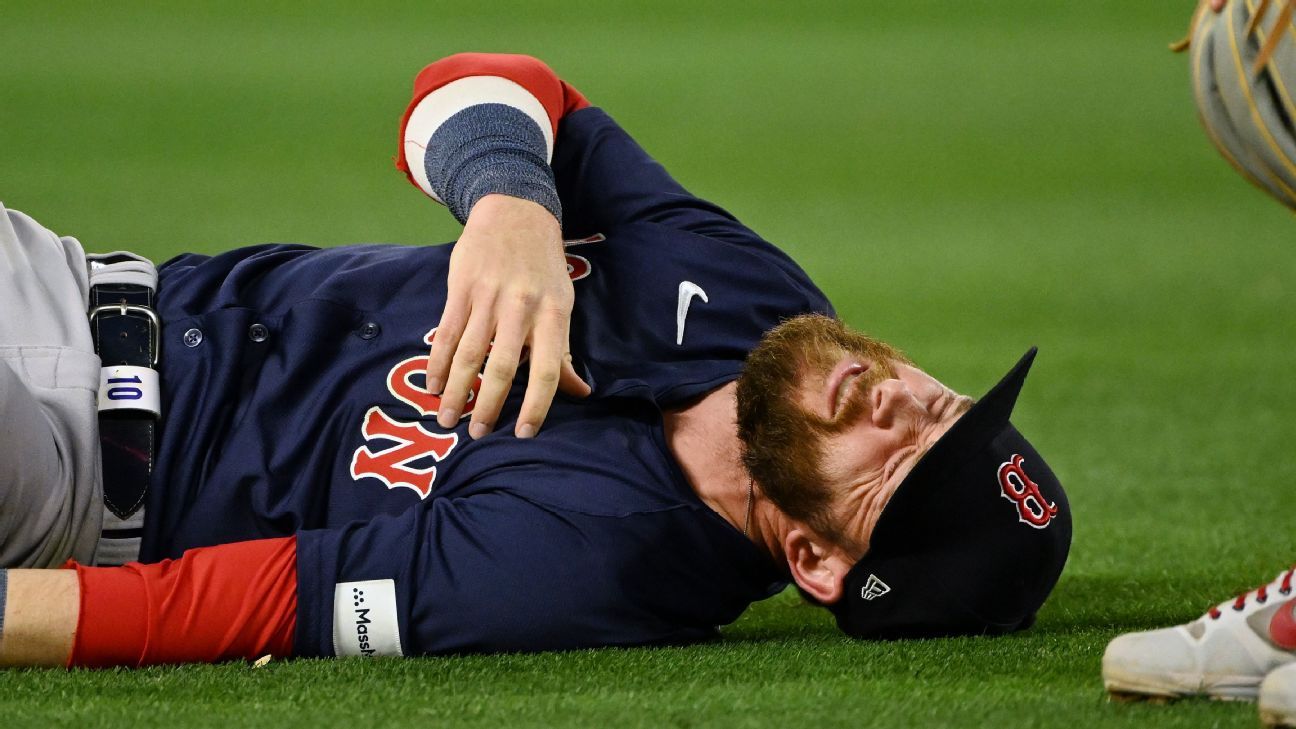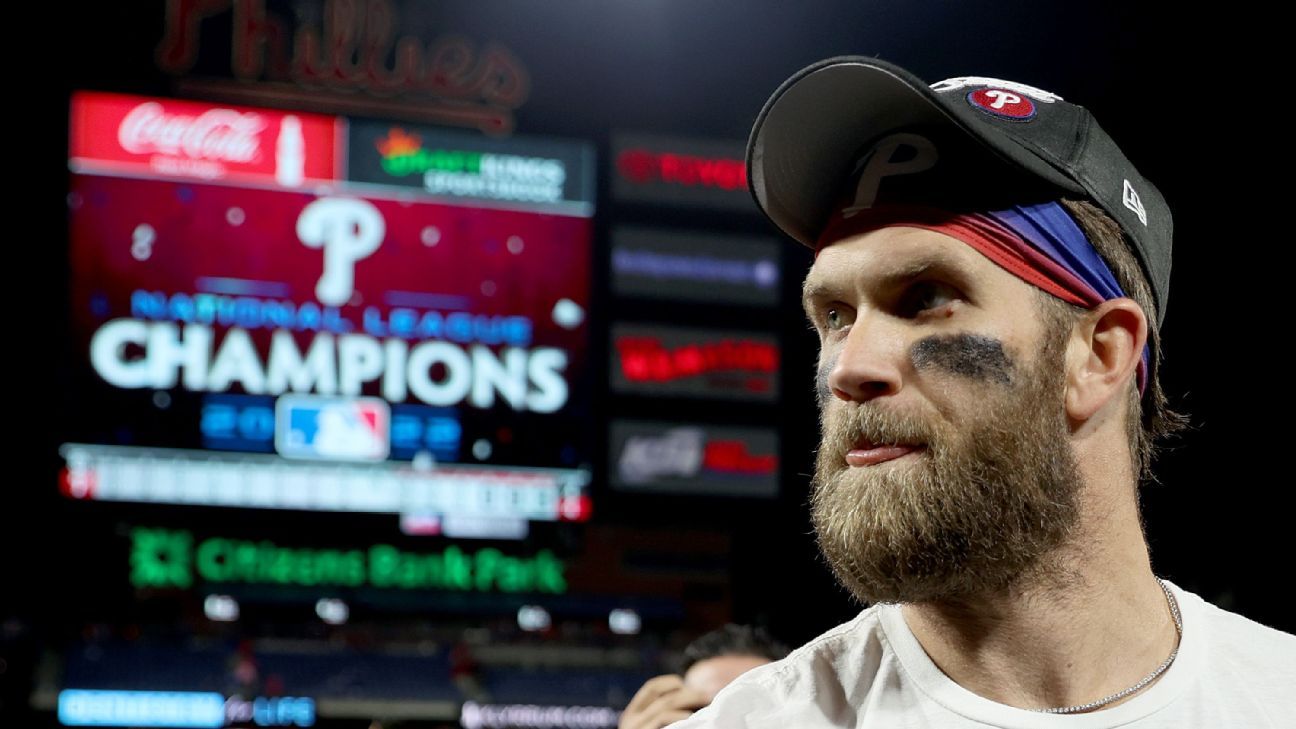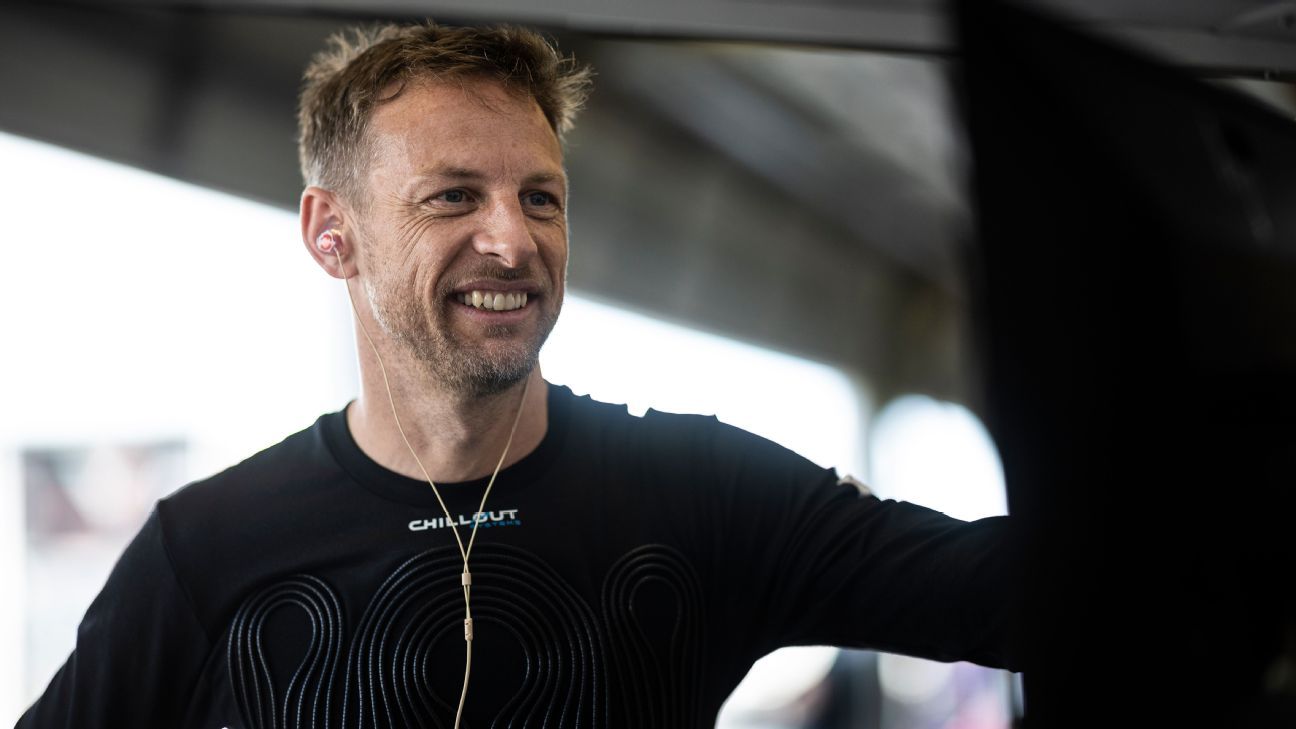If you don’t live in the southern hemisphere or close to the Equator, then cold temperatures are headed your way, if they haven’t already arrived. As winter approaches, here are six tips for how to get the best range from your electric car’s battery.
Electric cars in winter
Operating range is one of the most important performance metrics of your electric car, and it can be impacted by cold weather. It’s harder for ions in Lithium-ion batteries to move around in the cold, and that can affect your car’s range.
Cold weather also affects charging, and your car’s battery likes to be within a certain temperature range. If it’s really cold outside, it’s better for the battery to warm up first before it can charge at faster speeds. That means charging can take longer in winter.
The whole process is controlled by the car’s battery management system that protects and optimizes the performance of the battery cells.
Here are six tips on how to get the best performance out of your EV as the winter months quickly approach.
1. Park your car in a garage if possible
Not everyone has a garage, but if you’ve got one, put your EV in it. (And if it’s full of stuff, then clean it out – your car needs it.)
Keeping your vehicle inside during winter can make a difference in its battery performance. The warmth of the garage will help your car hold battery charge for longer and charge more quickly.
Also, if you’re out and need to park, if there’s a choice between parking outdoors or in a parking garage, go for the latter.
2. Warm up your car in the morning
Most EVs come with apps that allow you to heat up your car in advance of departure. If you turn on your car’s heating before you leave the house, it will heat up the cabin to your desired temperature and also warm up the battery to aid performance.
Most people charge their cars at home overnight. If the car is still plugged in when you start heating it in the morning, then the battery’s charge won’t be tapped.
3. Don’t let the battery charge get too low
When it’s really cold, the car’s battery management system reserves a certain percentage of the battery capacity – generally about 15-20% – in order to heat the battery up.
So if you usually keep your battery charged above 15-20%, and ideally a minimum of 50%, then you will have a nice margin to keep your car’s performance as optimized as possible.
4. Heat the passenger, not the car
Since EVs of course don’t have an internal combustion engine, there’s little additional waste heat that helps to warm the passenger cabin.
However, blasting the heat when it’s cold can drain your EV’s battery and reduce its range. Try restricting heating to just the driver, whether it’s by turning air vents on or off, or controlling seat or steering wheel heating settings. It consumes less electricity than heating the whole car.
5. Inflate your tires
As the temperature drops, the air in your tires contracts and the pressure falls. Regularly check your tires’ pressure in order to maximize winter range. You want your car to drive with as little resistance as possible.
Also, if you live somewhere that gets a lot of snow, you’ll probably want to consider putting on winter tires. You can read more about that here, if you’re a Tesla Model 3 driver, for example.
6. Use Eco-Mode
Most EVs have a form of “eco-mode,” in which you can boost mileage and reduce power consumption by limiting the energy supplied to the driving motor and cabin heaters. You may accelerate more slowly, but this can also make driving safer in icy or snowy conditions.
Read more: How does a Tesla Model 3 perform in an Arctic Circle winter?
Do you have other tips for how to get the best range out of your EV in cold weather? Let us know in the comments below.
Thanks to David Lewis, electric lead at EV guide and leasing broker Select Car Leasing in the UK!
Subscribe to Electrek on YouTube for exclusive videos and subscribe to the podcast.







